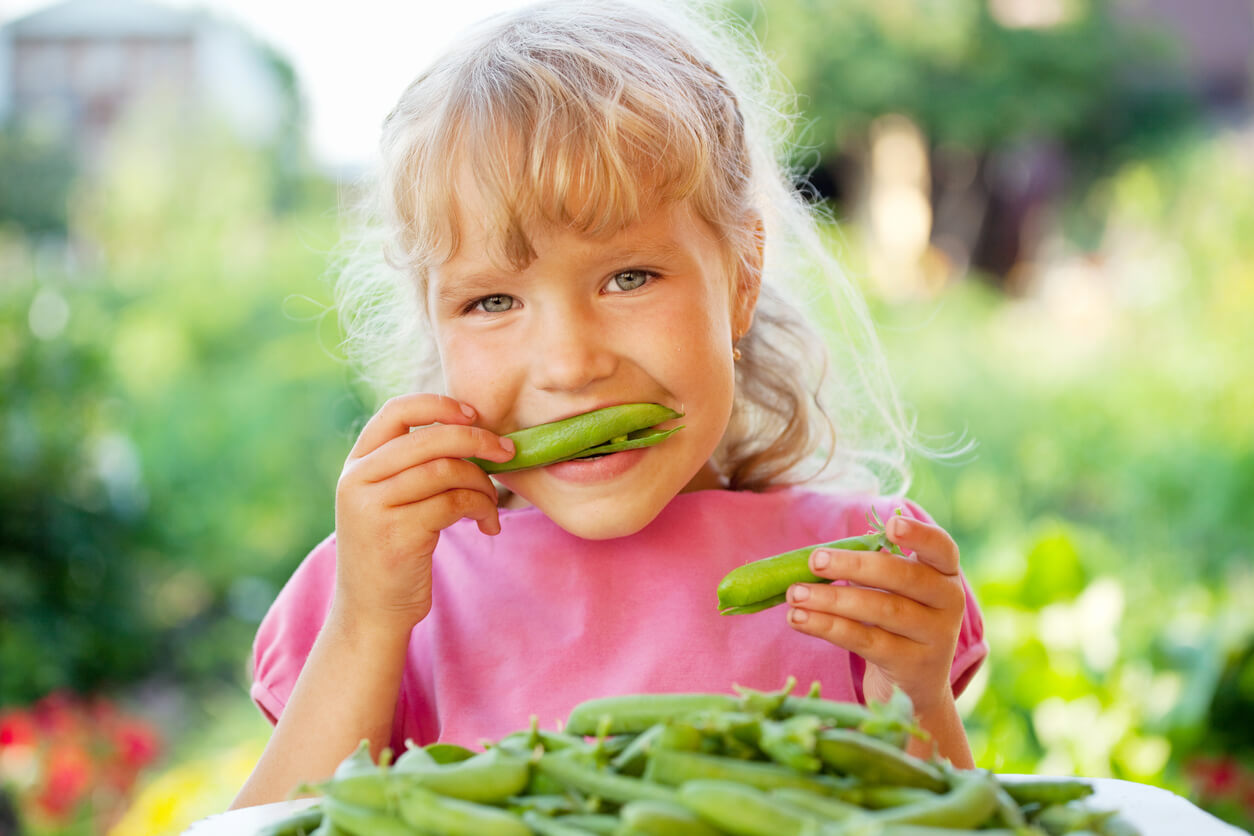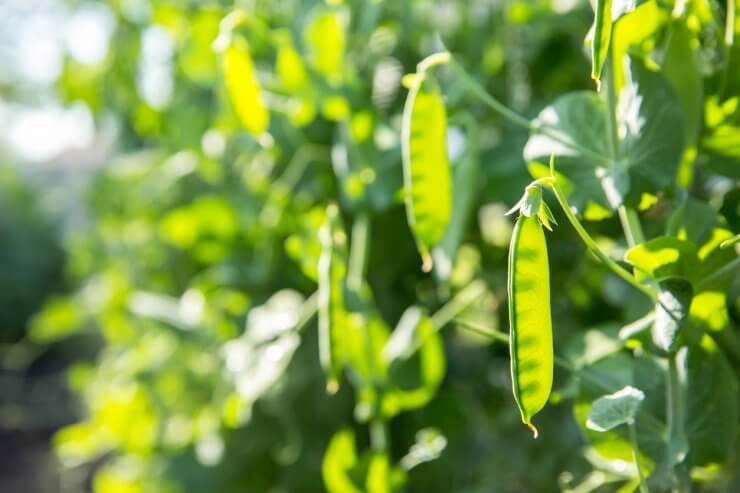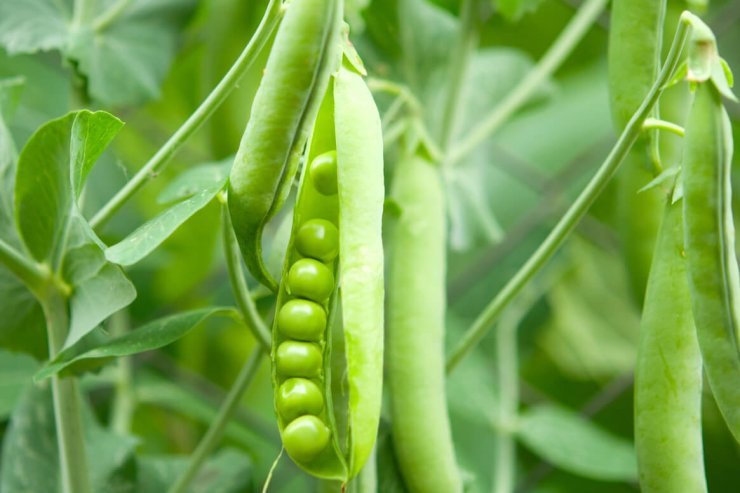
Last spring, my six-year-old daughter taught me an important lesson about how to get more peas on your plant. She’d been helping me in the garden since she could walk, and her absolute favorite activity was harvesting pea pods. The problem was, she was so enthusiastic about collecting them that our yield was significantly lower than I’d hoped. This sparked my journey into the science of maximizing pea production.
I found myself diving deep into research about pod formation in legumes. I needed to stay ahead of my little harvester’s eager hands, and in the process, I discovered fascinating biological mechanisms that changed how I grow peas forever.

Understanding the Science Behind Pea Production
Garden peas are fascinating plants that operate on a feedback system. When you regularly harvest the pods while they’re young and tender, you’re actually sending chemical signals to the plant to produce more. This process, known as compensatory growth, is driven by plant hormones called auxins and cytokinins that regulate pod development.
The key to getting more peas on your plant lies in understanding this hormone balance. When pods are allowed to mature fully, they produce hormones that suppress new flower and pod formation. This makes perfect sense from an evolutionary standpoint – once the plant has successfully produced mature seeds, it doesn’t need to invest energy in making more pods.
Temperature plays a crucial role in pod formation. Peas produce the most pods when daytime temperatures stay between 60-75°F (15-24°C). Higher temperatures can trigger the plant to switch from pod production to seed maturation more quickly, reducing overall yield.
The soil’s phosphorus content directly affects pod production too. While nitrogen promotes leafy growth, phosphorus is essential for flower formation, which leads to pods. This is why many gardeners unknowingly reduce their pea yield by over-applying nitrogen-rich fertilizers without balancing phosphorus levels.

Practical Steps to Maximize Pod Production
Based on these biological principles, I’ve developed a systematic approach to increasing pea production. First, I ensure proper soil preparation before planting. Adding bone meal or rock phosphate in early spring provides the phosphorus necessary for abundant flowering and subsequent pod formation.
Regular harvesting is absolutely crucial for how to get more peas on your plant. I make it a daily ritual to check for young, tender pods. Even if you’re not planning to eat them all immediately, removing mature pods prevents the plant from shifting its energy away from new pod production.
Providing proper support is another often overlooked factor in maximizing yield. Pea plants that can climb freely produce more pods than those left to sprawl. I use tall trellises or netting that allows the plants to reach at least 6 feet high, which encourages more flowering nodes to develop along the stems.
Water management plays a vital role too. While peas need consistent moisture, overwatering can lead to excessive vegetative growth at the expense of pod production. I use mulch to maintain even soil moisture and prevent the stress that can trigger premature pod maturation.

peas growing on the farm
Best Varieties for Maximum Production
Through years of trials in my own garden and consulting with other experienced growers, I’ve found that variety selection can make a tremendous difference in your harvest size. The following varieties have consistently demonstrated superior production capabilities:
- ‘Alderman’ (also known as ‘Tall Telephone’) is my go-to variety for maximum yield. These tall vines can reach 6-8 feet and produce an impressive quantity of large pods, each containing 8-10 peas. The extended harvest period means you’ll be getting more peas on your plant over a longer season.
- ‘Lincoln’ has earned its place in many productive gardens due to its reliable heavy-cropping nature. What makes this variety special is its tendency to produce multiple pods per node, effectively doubling your yield in the same space. It’s also remarkably heat-tolerant, which extends the productive season.
- For those looking to maximize early-season production, ‘Wando’ is hard to beat. It was developed to tolerate both heat and cold, making it an excellent choice for getting an early start while still producing well into the warmer months. The plants are notably vigorous and disease-resistant.
- ‘Green Arrow’ has been a commercial favorite for good reason – each pod typically contains 9-11 peas, and the plants produce abundant pods. What I particularly appreciate about this variety is its resistance to fusarium wilt and powdery mildew, two conditions that can significantly impact yield.
- For small space gardens, ‘Maxigolt’ offers impressive production from more compact plants. Despite growing only to about 3 feet tall, these plants produce surprisingly large pods and maintain steady production throughout the season.
Learning how to get more peas on your plant starts with choosing the right variety for your specific growing conditions. I’ve found that planting multiple varieties with different maturation dates helps ensure a steady supply of peas throughout the season.
Learning how to get more peas on your plant has transformed my garden’s productivity. These days, there are enough peas for both my daughter’s harvesting adventures and our family meals, and it turns out she was helping the process along. The science behind pod production might be complex, but the practical applications are straightforward: regular harvesting, proper support, balanced nutrition, and consistent moisture.
If you’ve found these tips helpful, I’d love to hear about your own pea-growing experiences in the comments below. What methods have worked best in your garden? Have you noticed any patterns in how your plants respond to different care techniques?
And for a more comprehensive guide to growing all types of peas, including detailed planting calendars and troubleshooting tips, don’t forget to check out our complete Pea Gardening Guide. Together, we can create gardens that are both productive and delightful for the whole family.


 Previous
Previous

